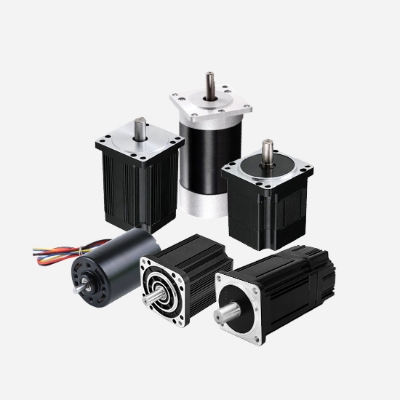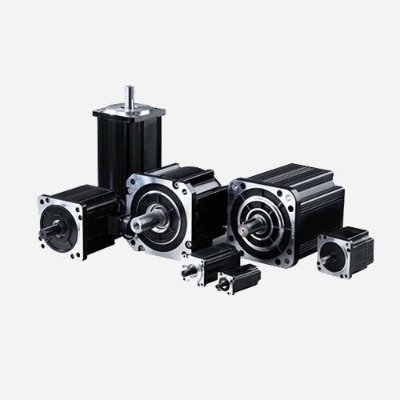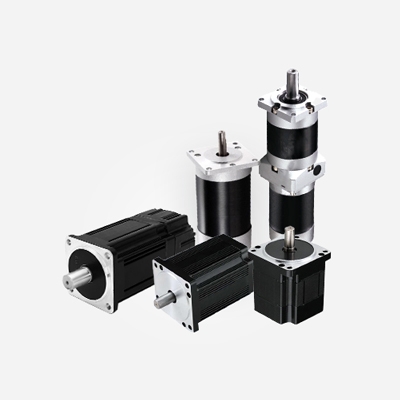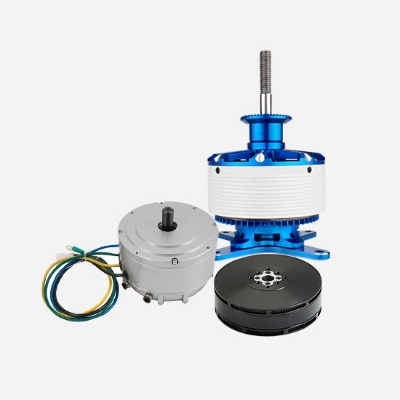In the vast realm of machinery and automation, one of the essential components that drive precision and efficiency is the planetary gear motor. This sophisticated mechanism plays a crucial role in various applications, from robotics and automotive systems to industrial machinery. Then, we Brushless.com and you will delve into the world of planetary gear motors, exploring their structure, functions, and the myriad ways they contribute to modern technological advancements.
Working Principle
The working principle of a planetary gear motor is based on the interaction of three main components: the sun gear, the planet gears, and the ring gear. This configuration resembles the arrangement of celestial bodies in our solar system, hence the name "planetary."
- Sun Gear
The sun gear is a central gear located at the center of the planetary gear system. It is typically connected to the input shaft of the motor or power source. The rotational motion of the sun gear initiates the entire mechanism. As the sun gear turns, it sets the entire system in motion. - Planet Gears
Surrounding the sun gear are smaller gears called planet gears. These gears are mounted on a carrier, which allows them to rotate around the sun gear. The number of planet gears and their arrangement may vary, but they are evenly spaced around the sun gear. - Ring Gear
The planet gears engage with and revolve around an outer ring gear. The ring gear is fixed in place and does not rotate as the other gears move. The rotation of the planet gears around the sun gear causes the ring gear to rotate in the opposite direction.

Structure
A planetary gear motor consists of a set of gears arranged in a unique configuration, resembling the solar system's planetary arrangement – hence the name. The key components include a central gear, known as the sun gear, surrounded by multiple smaller gears called planet gears. These planet gears, in turn, are meshed with an outer ring gear. The compact and intricate design allows for high torque output and remarkable efficiency.
Functions
- Torque Amplification: One of the standout features of high precision planetary gear motors is their ability to provide significant torque output. By distributing the load across multiple planet gears, these motors can handle heavy loads without sacrificing performance.
- Compact Design: Planetary gear motors are renowned for their compact and lightweight design. The coaxial alignment of the gears results in a more streamlined structure compared to traditional gear systems, making them ideal for applications where space is limited.
- High Precision and Efficiency: The gear arrangement in planetary gear motors ensures smooth operation, minimizing backlash and enhancing precision. This makes them indispensable in applications requiring accurate positioning and motion control. The efficient power transmission between gears further contributes to their high overall efficiency.
Applications
Planetary gear motors find applications across various industries due to their unique design, which combines compactness, efficiency, and versatility. Here are some common applications of planetary gear motors:

- Automotive Systems
Planetary gear motors are widely used in automotive applications, especially in automatic transmissions. Their ability to provide high torque in a compact form makes them suitable for adjusting vehicle speed and facilitating smooth gear changes. - Robotics
In robotics, where precision and compactness are crucial, planetary gear motors are employed in robotic joints and manipulators. They enable accurate control of movement and contribute to the overall agility of robotic systems. - Industrial Conveyors
Planetary gear motors are utilized in conveyor systems for the smooth and controlled movement of materials. Their high torque and efficiency make them suitable for handling heavy loads in industrial settings. - Printing Machinery
Printing presses and machinery often incorporate planetary gear motors for precise control of paper movement and ink distribution. The compact design and high torque capabilities contribute to the efficiency of these processes. - Aerospace Applications
In aerospace engineering, where weight is a critical factor, planetary gear motors are employed in various applications such as actuating control surfaces, adjusting flaps, or controlling landing gear mechanisms. - Medical Devices
The compact and precise nature of planetary gear motors makes them suitable for various medical applications, including surgical robots, patient positioning systems, and diagnostic equipment.
In short, the planetary gear motor stands as a testament to the remarkable ingenuity of engineering, offering a compact and efficient solution for various technological challenges. Whether in the intricate movements of a robot or the seamless operation of industrial machinery, these motors continue to play a pivotal role in shaping the landscape of modern automation. As technology evolves, the planetary gear motor remains at the forefront, driving progress and innovation across industries worldwide.




